[ad_1]
Timber have to be staked after planting solely in sure circumstances. This isn’t truly thought of one in every of them and will do the bushes extra hurt than good.
It’s a generations-long conduct for many gardeners and landscapers, nonetheless 90% of the time, a mannequin new tree wants no staking. Actually, staking a sapling often does extra hurt than good.
I see it far and large, each spring: newly planted bushes staked with wires like they’re being held prisoner. I give every tree a look, and it’s evident that the majority are planted too deep – no root flare is also seen. And on the underside of the trunk, the burlap that surrounded the premise ball is peeking up from the soil (burlap should at all times be eradicated due to it doesn’t decompose all through the planting gap).
Poor tree – it gained’t be on this world for extended. That is the kind of “shade” I throw when strolling my canine – silently and with a watch roll, the reality is.
Why staking is also dangerous to a tree
Staking a tree that doesn’t want it might correctly do extra hurt than good. Motion of the trunk helps strengthen it by thickening it and giving it taper from backside to prime. Trunk motion furthermore stimulates root progress. So though staked bushes would possibly develop taller quicker than their unstaked counterparts, their trunks are weaker and their root methods are lots a lot much less developed.
It appears logical {{{that a}}} sapling would possibly want barely assist to stay straight and upright in its first few seasons. However offering assistance is counterproductive to long-term tree correctly being and what’s occurring underground.
Once you stake a tree, a dependent relationship is created between the tree and its stakes. The result’s the sapling doesn’t develop appropriately. Notably, its trunk and roots don’t develop as wished for the location.
Staking furthermore restricts the event of the xylem, the vascular tissue that conducts water and dietary nutritional vitamins up from the roots and helps kind picket. The tree can also develop wounds because of the wires or provides rub in course of the youthful bark.
The concept of the issue
When it has “assist” by way of wires and stakes, the tree has no ought to develop a strong root system and a sturdy trunk that can anchor it by thick and skinny. When supported with stakes, the tree will develop tall nonetheless not as sturdy or broad because of it needs to be for the location. Later, as quickly as you take away the stakes, the undeveloped trunk and roots make the tree weak to straightforward breakage of limbs and could also be blown down in excessive winds or hurricane. Conversely, when a tree shouldn’t be staked, it responds independently to water, delicate, and wind and its trunk and roots grows accordingly.
Linda Chalker Scott from the College of Washington provides a improbable rationalization: “A comparative event is what’s seen when forests are cleared for housing growth. A couple of bushes close to the middle of the stand are left on the heaps; these bushes are tall and thin with well-developed crowns. However all through the primary good windstorm, down these bushes come. They’ve misplaced the supportive safety of the encompassing bushes and are unable to face alone.” (see the hyperlink beneath for her article on staking)
Staking a tree could set off completely totally different factors, too
Moreover, improper staking could set off extreme hurt to the tree. Suppose the tree is tied too tightly to the stake. In that case the tree can grow to be girdled, which means the bark is unintentionally eradicated in a strip spherical its circumference. This weakens and often kills the tree. On the very least, it limits the tree’s progress and long-term correctly being.
Too-tight staking could even set off the tree’s trunk to develop erratically. If the trunk above the wires can change, nonetheless not beneath, the higher portion of the trunk could grow to be thicker than the trunk beneath the wires. This impacts the trendy journey of water and dietary nutritional vitamins up and down the trunk. Conversely, when a tree is tied too loosely, the bark is continuously rubbed, which could set off wounds that under no circumstances heal appropriately.
When is it okay to stake a tree?
Often, it’s totally correct to stake a tree:
- If the sapling’s root ball is underdeveloped as in contrast with the trunk and crown. However inside the event you uncover that is the case with a tree to acquire at a nursery, you will want to return it asap, because of it signifies improper care. Planting it might finish in a bunch of varied factors.
- Inside the event you’re planting on a slope, in very moist soil, or on an notably windy net web page.
- Inside the event you’re planting in containers on a rooftop yard, the place the tree could also be uncovered to wind. In a container, the roots don’t have satisfactory soil to anchor appropriately, so extra assist is suitable.
- In metropolis areas the place there is also poor soil (from air air air pollution, foot friends, and so forth.) In these areas, stake the tree for the primary season and supply free safety all through the trunk to protect in course of individuals, animals, and mechanical gear. After the primary season, take away the stakes and wires. It’s non-obligatory to depart the trunk guard on, nevertheless it should be resized each season to permit for trunk progress.
- In sure agricultural rising circumstances, like dwarf apple bushes.
- In decorative gardens the place the bushes are being common.
If the state of affairs is suitable and a panorama tree requires staking the primary season, use sturdy metallic or picket stakes to anchor the tree. By no means use wire or rope between the stakes and the tree as a result of it might hurt the bark in excessive methods. Instead, use a cosy provides akin to outdated t-shirt materials or outdated pantyhose. The tree must maneuver, not be held captive and the cozy provides gained’t hurt the bark.
Take away the stakes as shortly as attainable so the tree can develop appropriately. To hunt out out if the tree is prepared, push gently on the trunk and have a look on the muse home. The tree ought to look anchored, and the premise ball shouldn’t be transferring. If that’s what you see, take away the stakes.
Sources: The Delusion of Staking, Linda Chalker-Scott, Washington State College (pdf obtain); To Stake or Not To Stake, Environment friendly Gardening; Dos and Don’ts of Tree Staking, LSU Ag Coronary coronary heart; Stake or Not To Stake, That’s The Query?, Purdue College Panorama Report.
[ad_2]
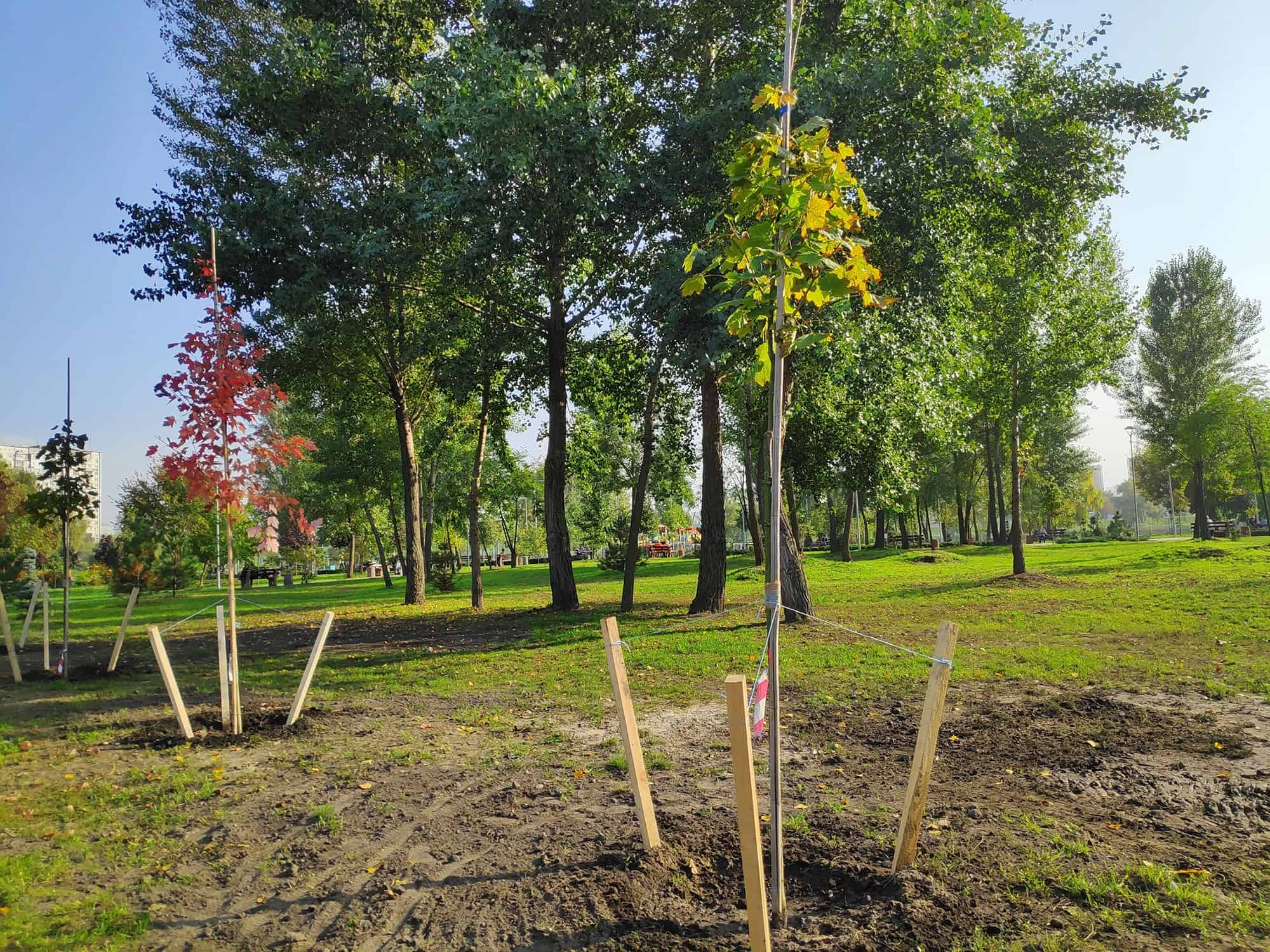
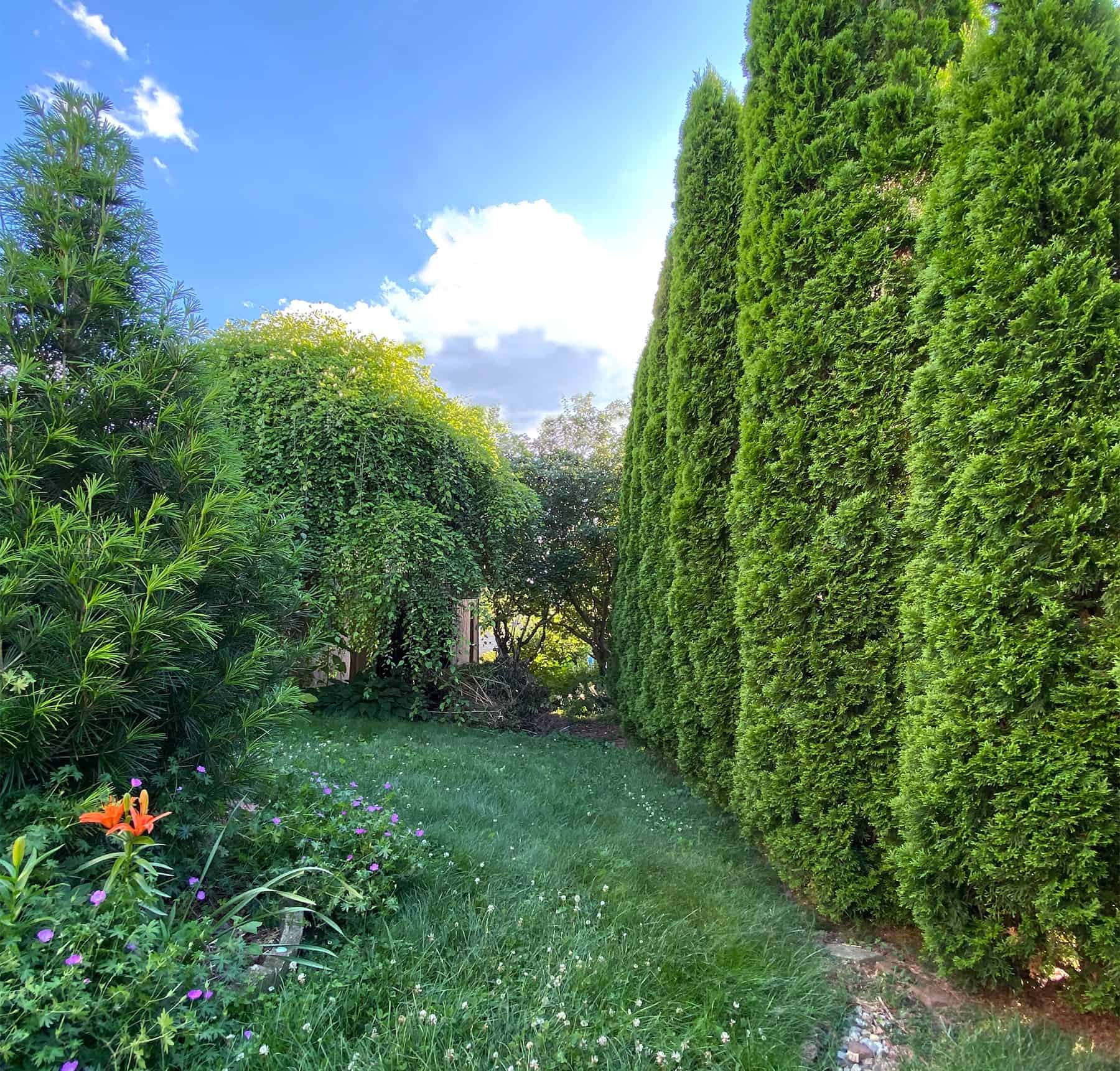
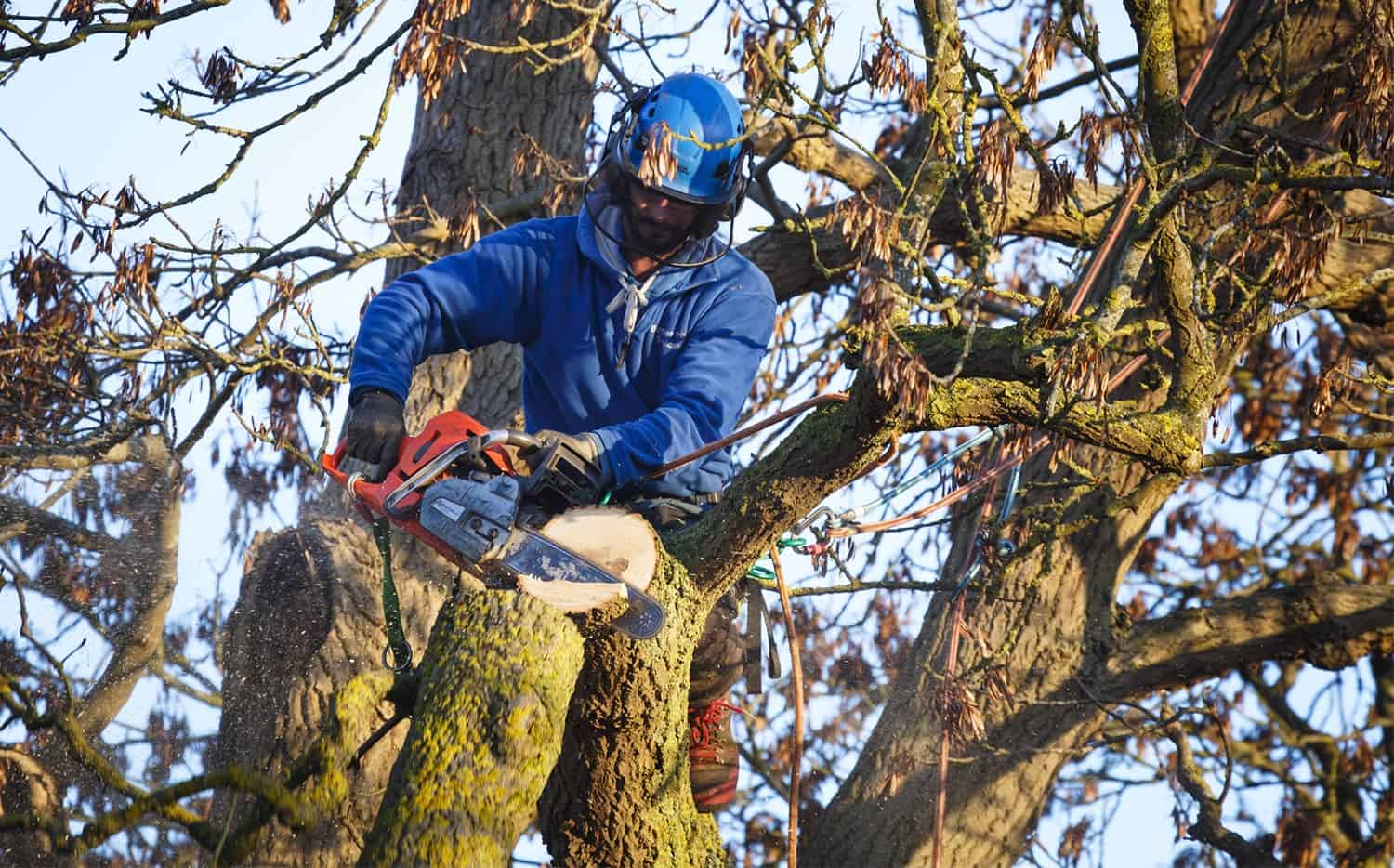
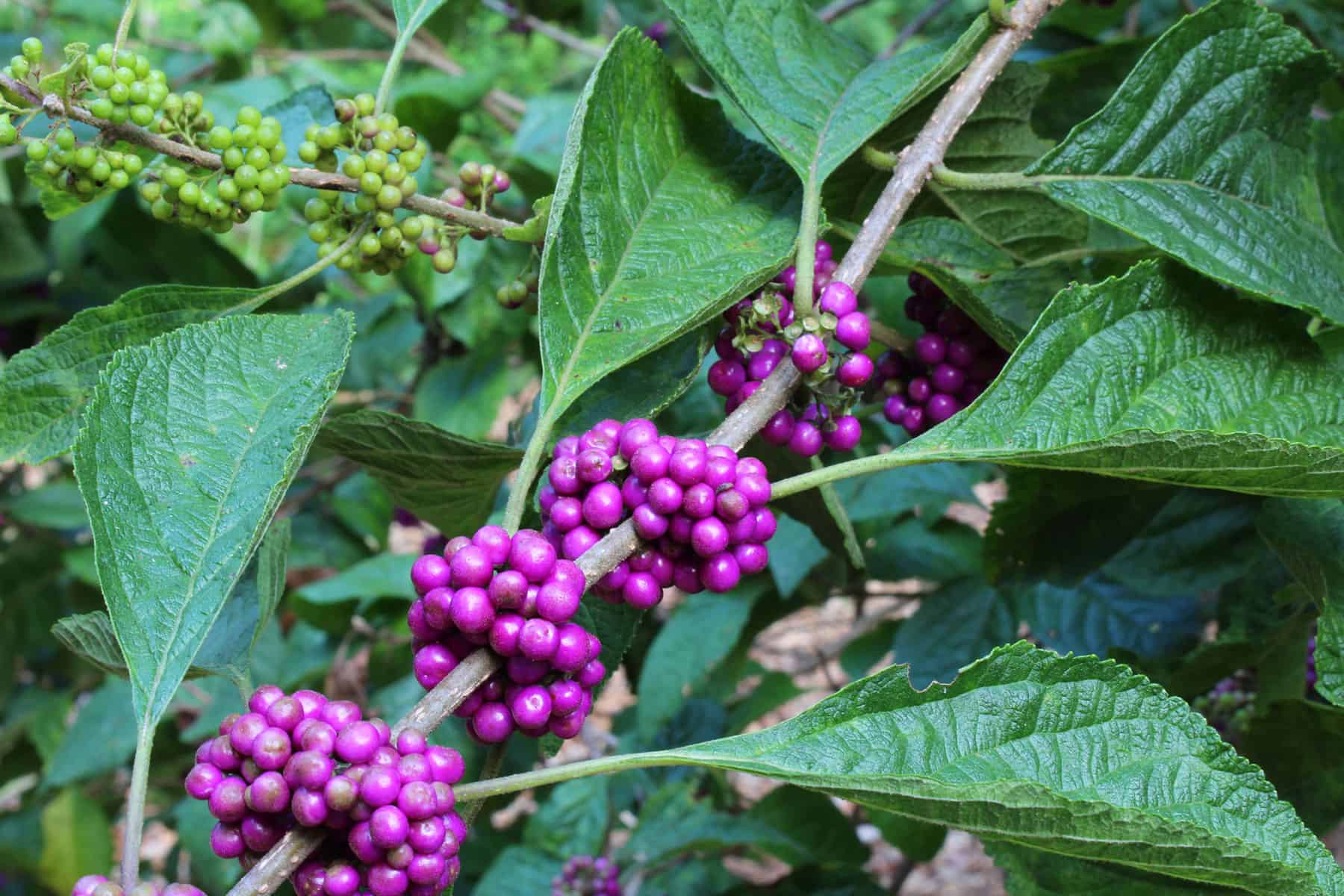
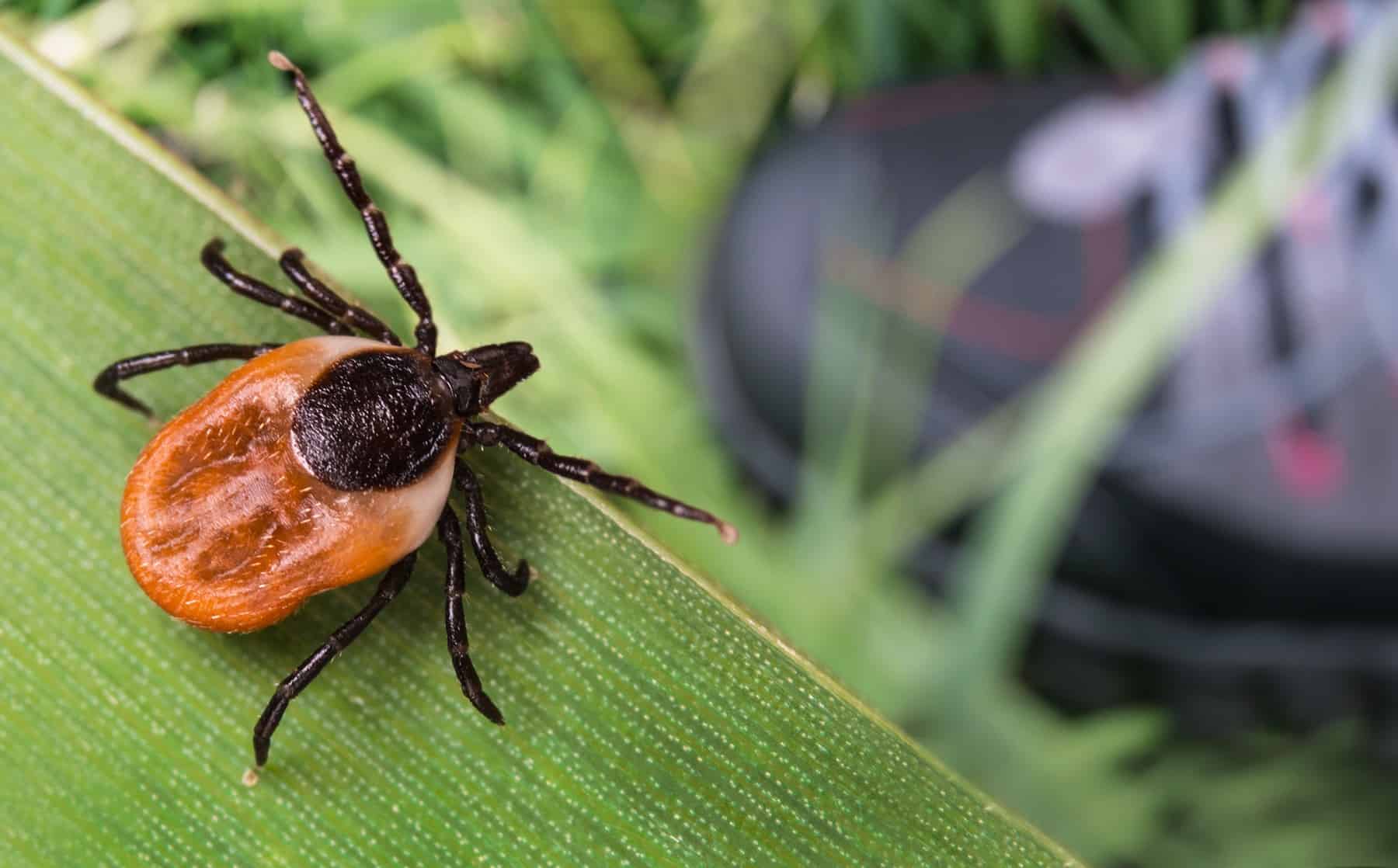
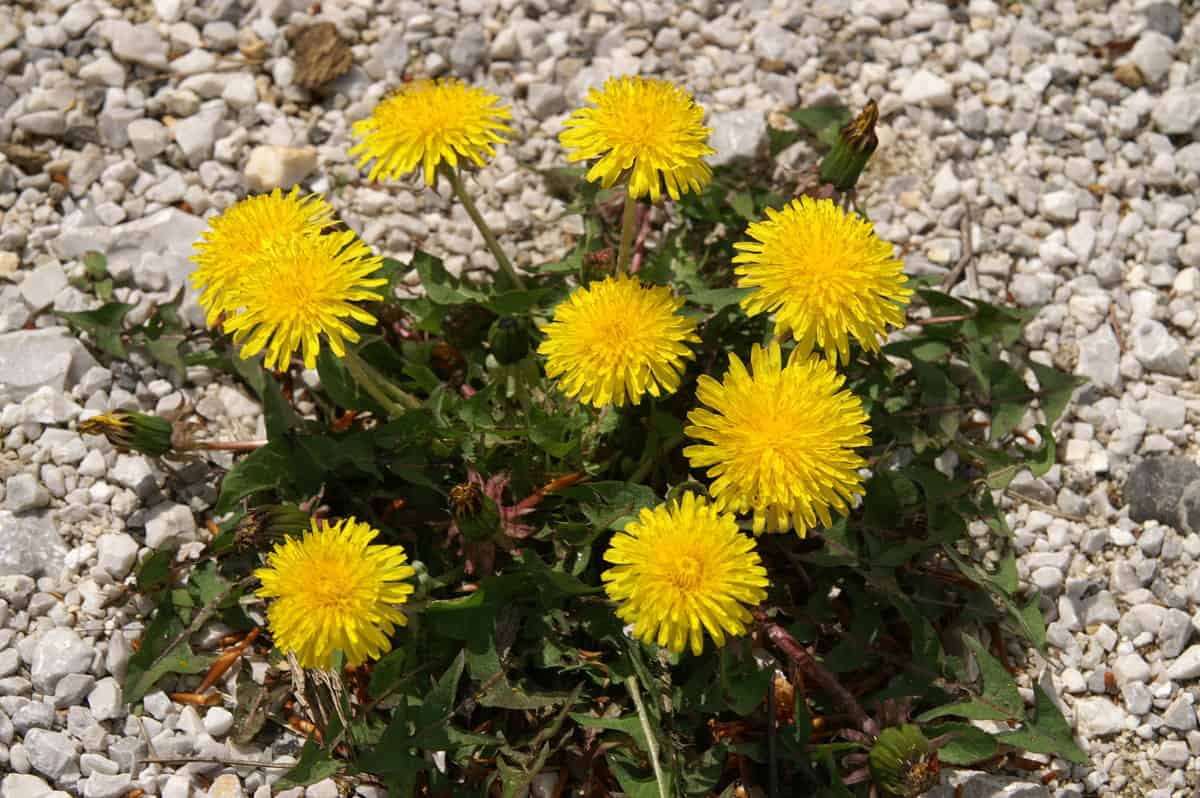
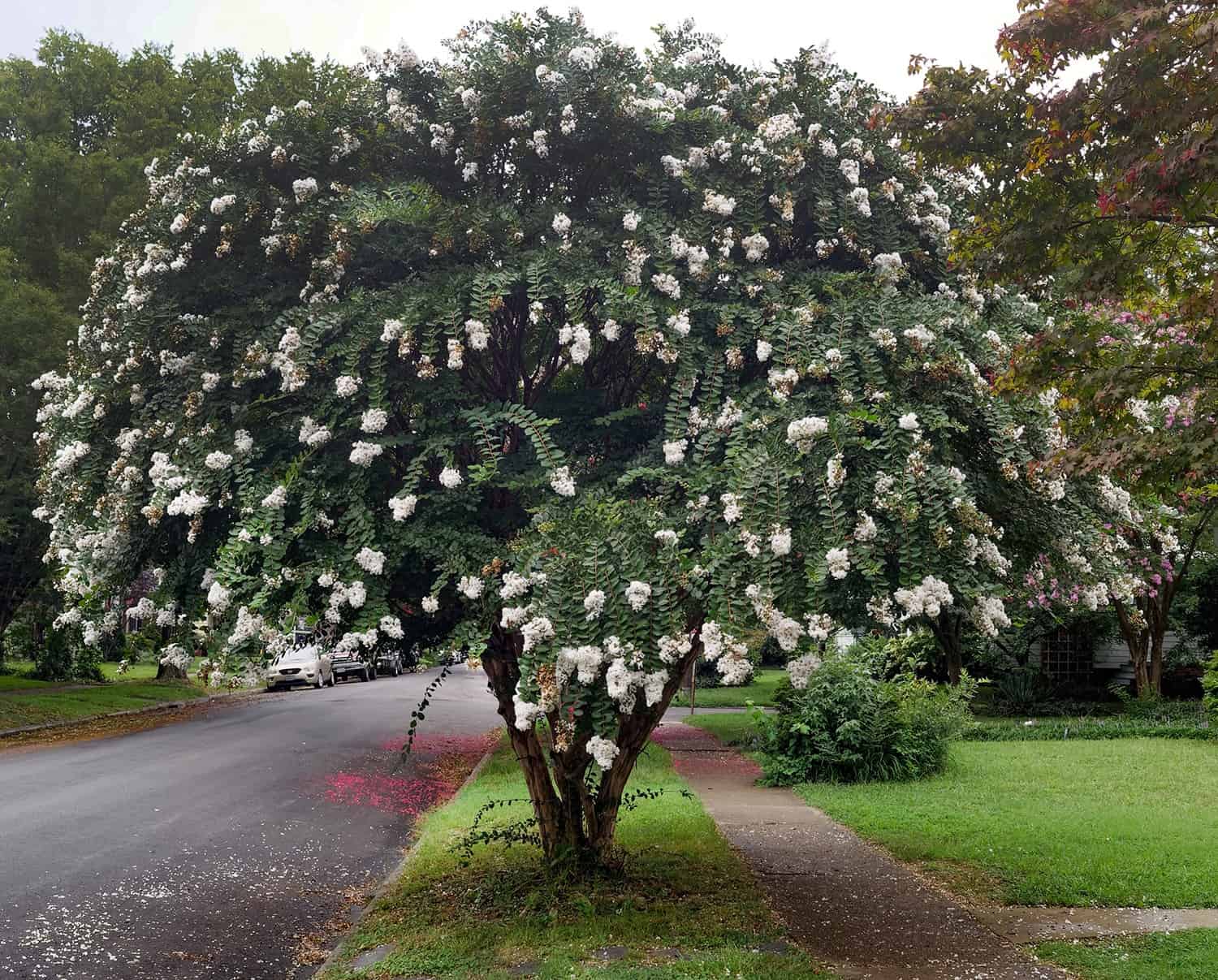
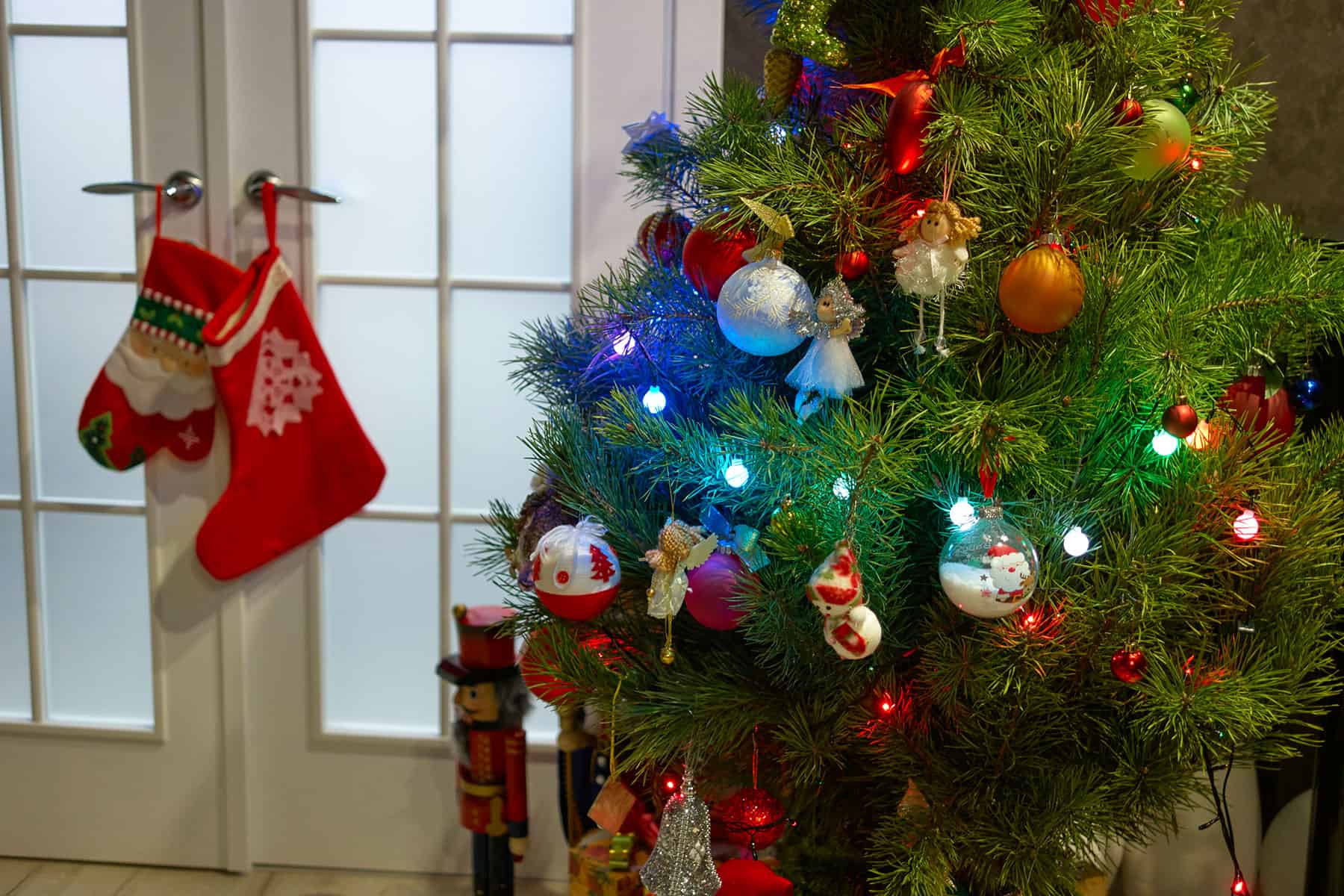
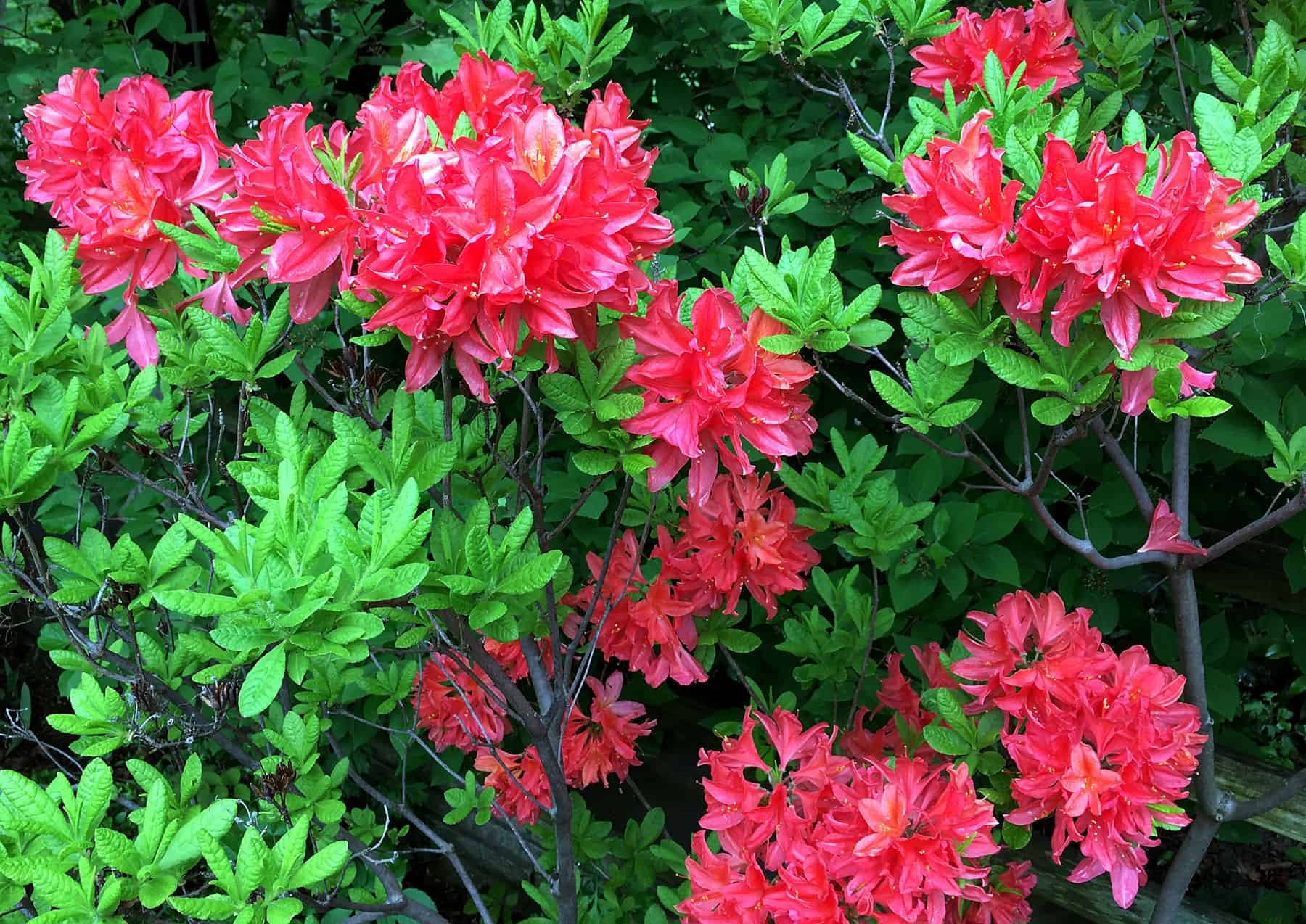
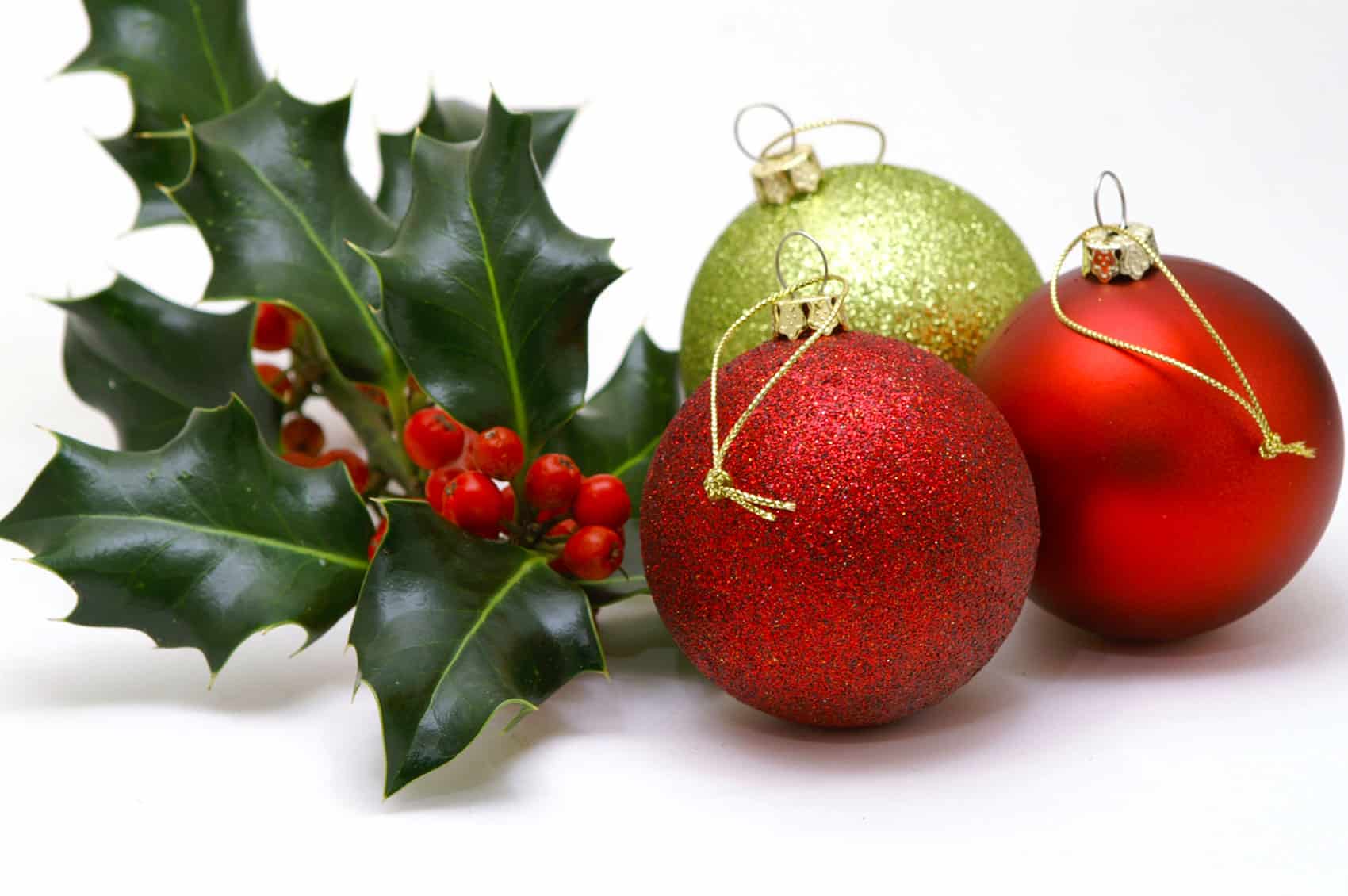
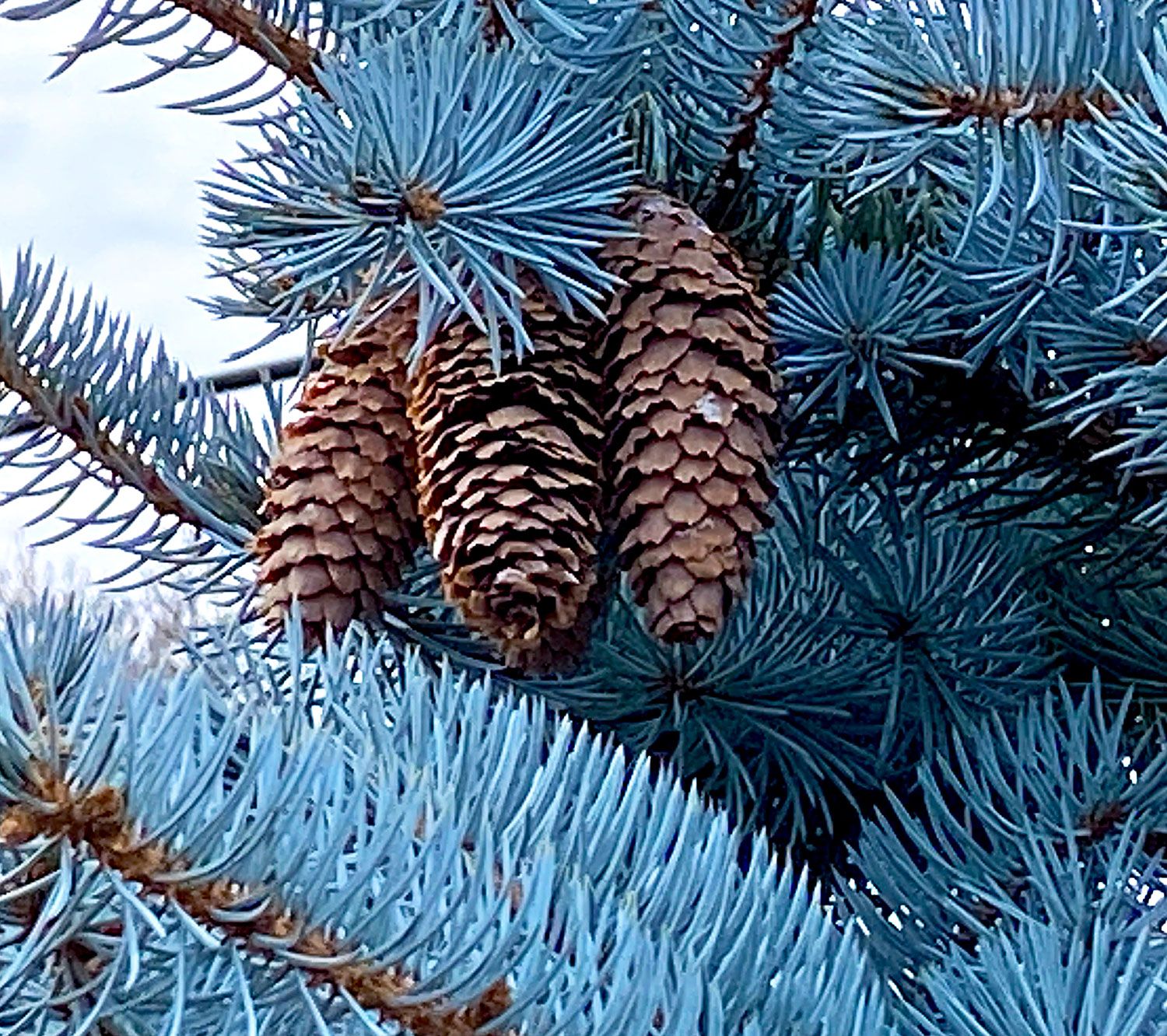
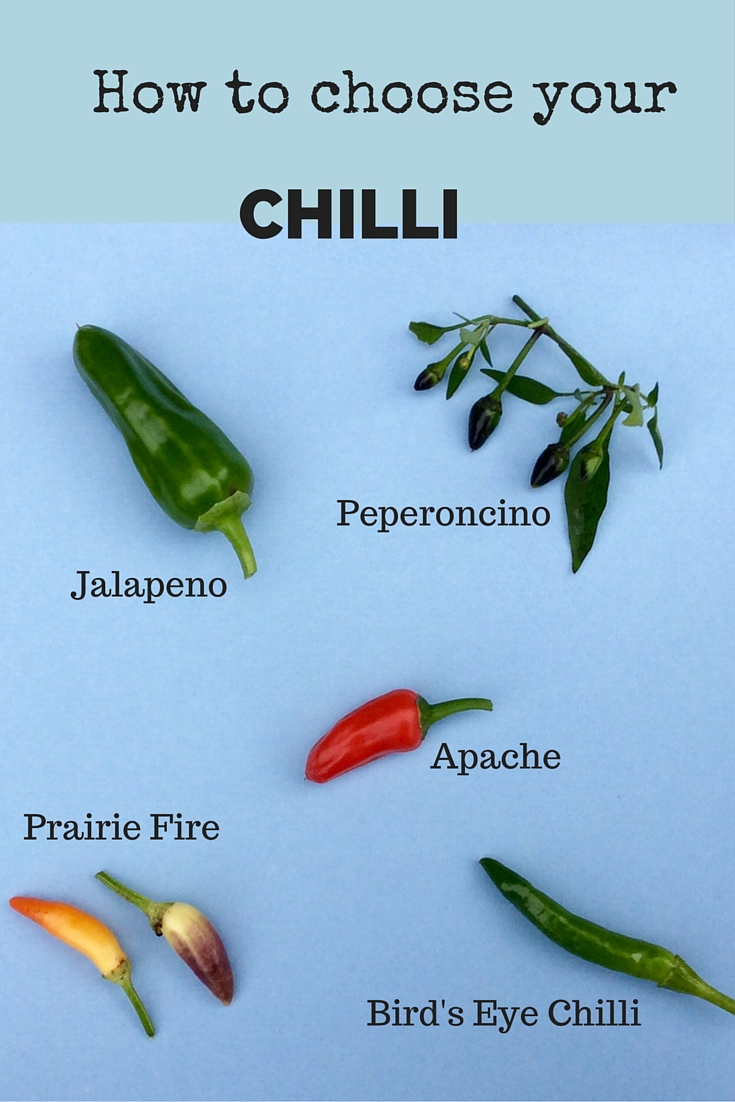

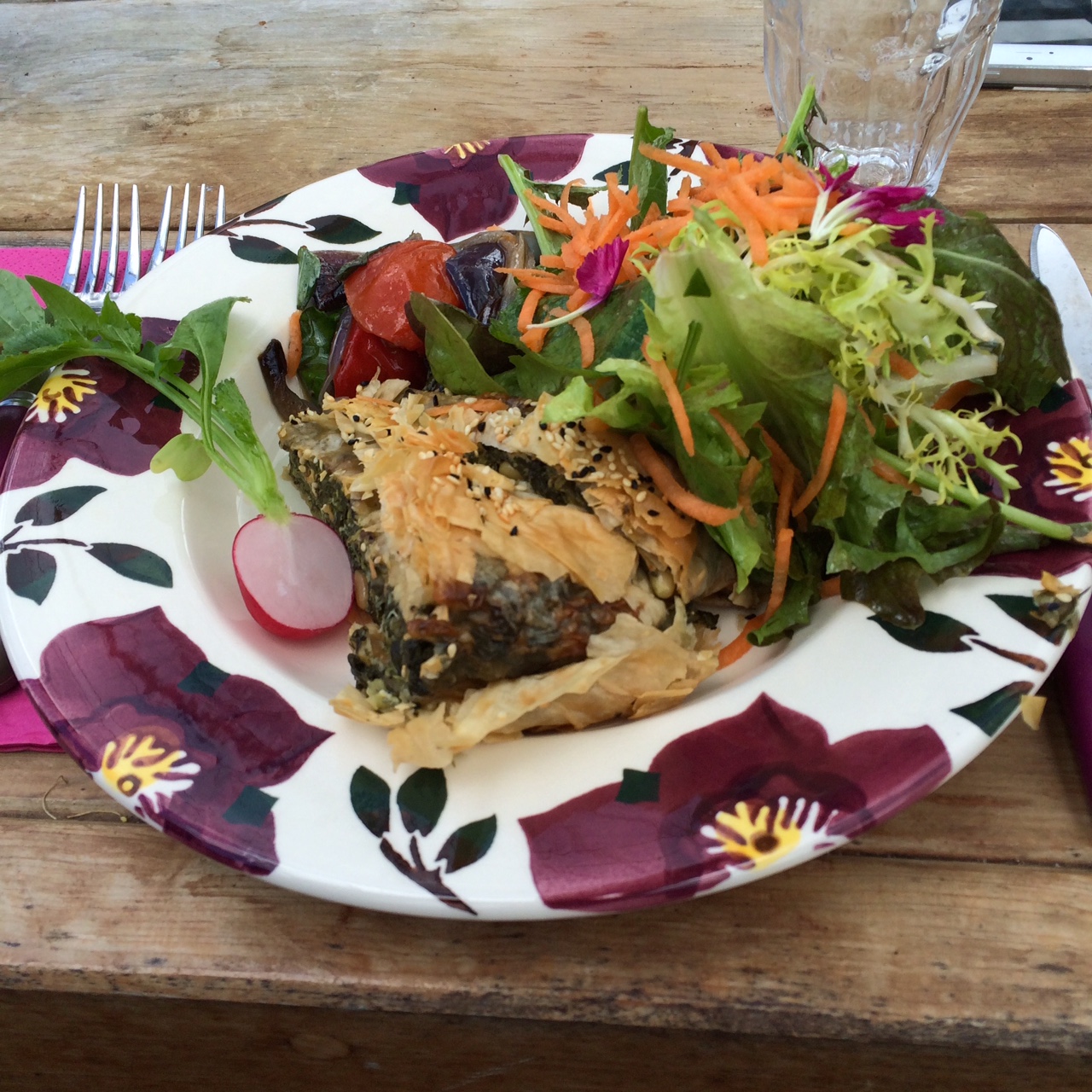

Leave a Reply